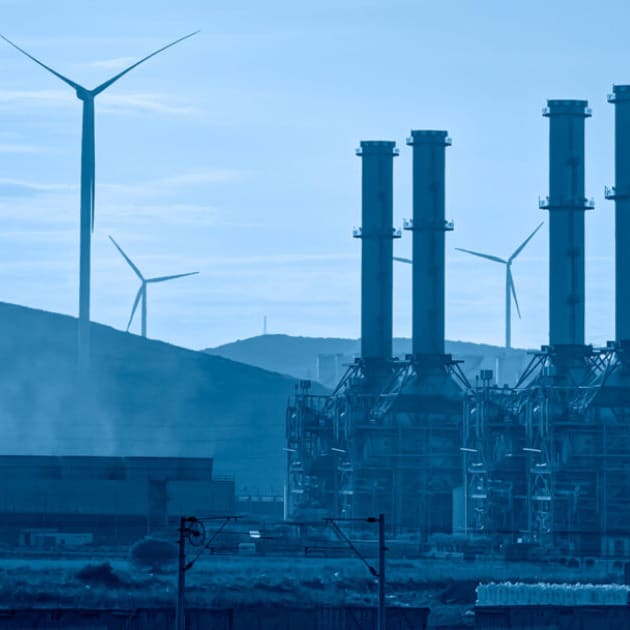What is the Safeguard Mechanism?
The safeguard mechanism is a climate policy that operates under the framework of the National Greenhouse and Energy Reporting Act (NGER 2007). It came into effect on 1 July 2016 and regulates the emissions of Australia’s 215 biggest polluting facilities. If implemented correctly, the policy is key to Australia achieving its 43% emissions-reductions target by 2030. Up until now, it has not incentivised emission reductions as baseline levels were set above actual facility emissions (often referred to as ’emissions headroom’). If facilities did in fact exceed their baselines and emit more greenhouse gases, then they had to offset their excess emissions, e.g. through Australian Carbon Credit Units (ACCUs).
How is it changing in 2023?
At the end of March 2023, the Labor Government struck a deal with the Greens to further amend the safeguard mechanism to set a ‘hard cap’ on the amount these companies can pollute each year and then progressively lower these limits by 5% of emissions each year until the end of the decade. Facilities captured under the safeguard will be incentivised to make genuine cuts to emissions by investing in green technologies and paths to decarbonise.
What happens if emissions rise?
If industries struggle to meet these new emissions targets and real emissions do rise above the ‘hard cap’, the government has committed $1 billion in funding for manufacturing and trade-exposed industries to decarbonise, which included an extra $400 million for critical industries such as steel, cement, and aluminium.
How does this affect new fossil fuel projects?
By putting a ‘hard cap’ on total emissions this also means that new and expanded fossil fuels projects, such as new gas facilities, are required to have net-zero carbon emissions from day one of operation.
How will the scheme be monitored?
With these new amendments, the government has also agreed to more transparency when it comes to offsetting emissions by these 215 companies. If these companies offset more than 30% of their baseline emissions, then they will need to justify and take accountability of why they need to offset so much of their emissions.
What does this mean for your business?
If you are not one of the 215 big businesses that the safeguard mechanism applies to, then you may be thinking you don’t have to take note and make any changes to your business. However, if we look at the steps European countries and America have implemented to reduce their emissions then it’s only a matter of time (if it’s not happening already) until these big businesses come knocking on the doors of those businesses who work for them (their supply chain) to ask what their carbon footprint is and what they are doing to reduce their emissions and be more sustainable.
What next?
If we look towards what other countries have been implementing to reduce their emissions, it is evident that Australia needs to step up and do more. The EU, in particular, is not just looking at industries that are the biggest emitters but also those businesses that meet certain annual turnover or balance sheet thresholds or employee numbers to measure and report on their energy and carbon usage. While the strengthening of the safeguard mechanism will support Australia reaching its net-zero emissions targets, in all probability more actions and legislation will be forthcoming from our national Parliament to cut harmful carbon pollution.
Need advice?
Advitech can help you set appropriate ESG goals and navigate your path to net zero. Our engineers, scientists and sustainability specialists will guide you through the relevant regulations, standards, and guidelines to help you to set achievable targets and milestones that set you on a path to legitimate sustainable business practices.
